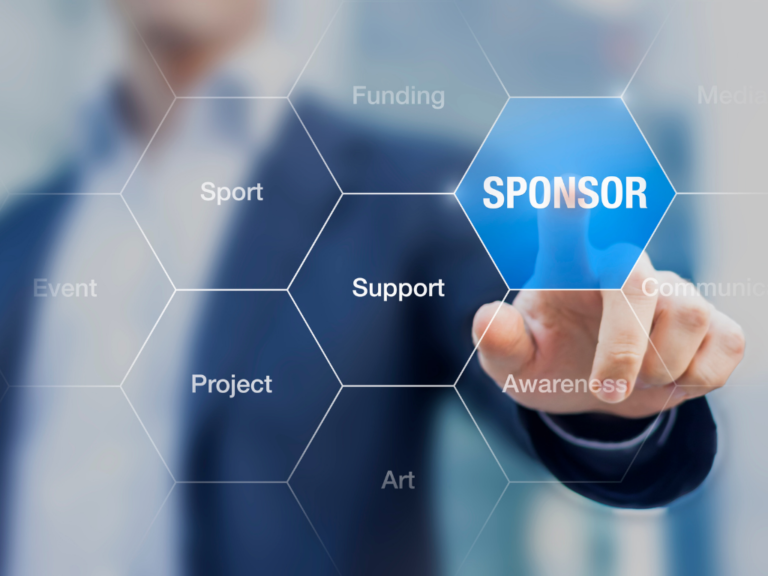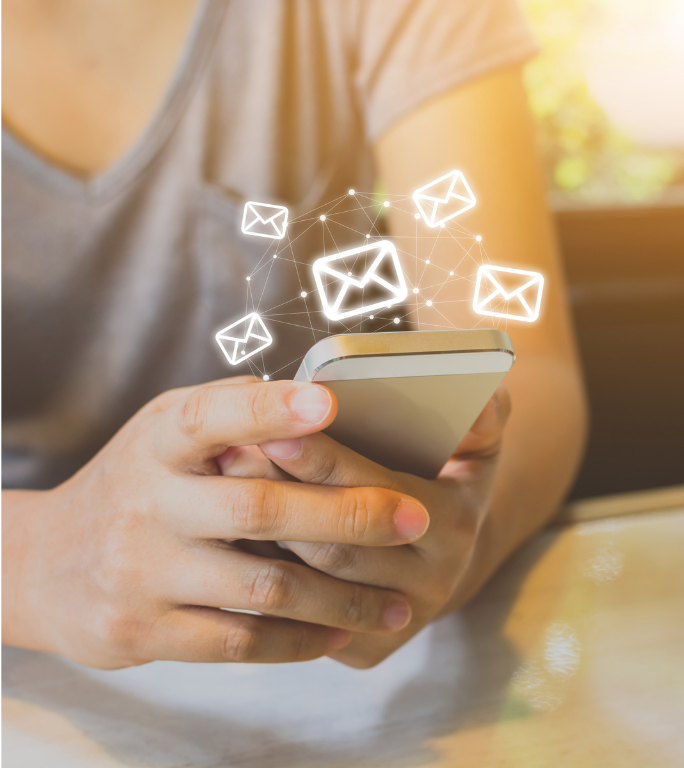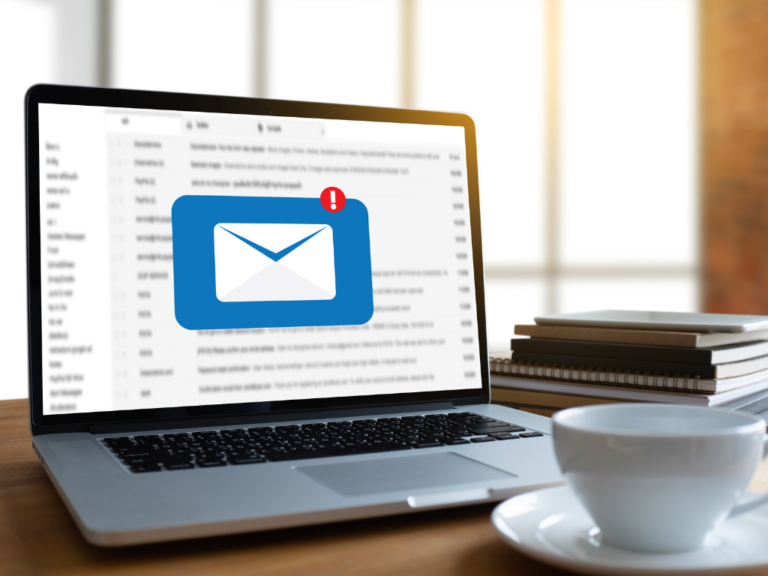After planning the content, booking the day and times, inviting speakers and moderators and everything related to the event, it is time to send out the invitations. This is a very important step in which we cannot fail.
We have already discussed in the blog how to promote the event, either in social networks, through advertising campaigns or other options, but another step that should not be neglected is the invitation to the event via email. Once we have a list of emails obtained through the dissemination actions, we must be well organized so that the invitations are successful.
Índice de contenidos
.
Tips for a perfect event invitation
Getting the perfect invitation letter to an event is possible if we follow a series of tips that will increase the chances that interested parties will confirm their attendance.
Promote sponsors

In almost every event there are sponsors who make some kind of contribution (usually economic) to have more visibility. Take advantage of this to talk about them or their promotions only for the first ones to confirm their attendance.
This action will encourage the undecided to take the step. And sponsors will also benefit because people will start talking about them even before the event starts.
Previous event content
If it’s not the first edition of the event, another way to generate buzz and excitement for the next one is to include photos or videos from previous editions.
This helps both newcomers to get an idea of the atmosphere and content of the event, as well as those who have attended previous events to remember how much fun they had and want to repeat. If, in addition, you can promise that the next one will be even better, the expectation will be greater.
Designing the ideal email
Each event has its own characteristics but, in general, when it comes to sending invitation emails, there are a series of tips to put into practice in order to write the perfect email invitation.

Email Subject
The subject of each email should be used as an opportunity to make a good “first” impression. It should be descriptive and give the user a reason to open the message and read it in its entirety. Perhaps you could add some symbol or emoji to catch the attention, but try not to focus exclusively on the promotion and offer you make inside the email.
Sender’s name
You should personalize each email with your name or the name of the event so that it is easy to identify the sender and does not end up in the SPAM folder. Think about the name that registrants will see when they view the email header.
If your domain is new or it is the first email you are sending to a group of subscribers, you should also avoid mentioning prices or words like “promotion”, “offer” and similar so that email managers do not send them directly to the promotions folder or, even worse, to the SPAM folder.
Title and body of the text
As a general rule, emails inviting to an event should be brief. This is how users who have registered expect to receive them. That is why you should be as concise as possible and make good use of every word, especially the title and subtitles or headings.
Remember that most of us do not read emails in depth, but scan them quickly with our eyes to finish reading them as soon as possible. Take advantage of the first sentences to tell the most important and the rest to give some more details.
Do not repeat anything if it is not necessary. If you do, leave it for the final part of the text of the invitation to the event as a reminder.
Call to action

A call to action or CTA is a kind of warning for the user to perform a specific action. It is an expression in an imperative form such as, for example, “Register now”, “Don’t wait any longer and sign up”, “Take advantage of this promotion”, etc.
Many people use them in buttons with colors that stand out or with different text fonts with the intention of capturing attention.
You can insert CTAs after the first few lines of text and repeat it at the end of the email to make a bigger impact on the reader. Put CTAs in sight and avoid distractions around them to prevent the user from overlooking them.
Types of email invitations
Around the celebration of an event, there are several types of emails that are usually sent.

The first email should make it very clear what, who, how and when. Don’t assume that readers remember everything when they register by email. Maybe they attended a webinar or signed up after seeing a social media advertising campaign. But they almost certainly don’t remember the day and time, and maybe not even the location of the event.
You need to remember the basic information about the event, perhaps by referencing some reliable source that quotes or talks about the event. If you don’t want to send a very long email, we recommend adding a link to the event’s website where it explains in more detail what the occasion will be like.
Emails to attendees from previous editions are very good opportunities. It is always easier to convince someone who has bought from you before than someone who does not know you. This type of email can be more personal and give a brief reminder of the upcoming date. When addressing a person who has already attended it will not be necessary to give as many details as to newcomers. Perhaps it would be good to offer some kind of benefit or promotion to build user loyalty as a result of registering for the new event.
Returning attendees want to feel special and appreciated, especially those who have been attending for years. Highlight discounted pricing or unique perks for returning attendees to show them that you value them in this email.
Another useful technique for targeting past attendees?
Segmentation: when you divide your email list into relevant target groups (demographic or geographic, for example). This allows you to create subject lines that resonate with different audiences, increasing your open rate.
Post-event follow-up and thank you
After the event, it’s time to send a more personal email.
Many event promoters spend a ton of time and effort on their promotional emails, and then neglect their post-event communications. However, your follow-up email is one of the most important emails you’ll ever send. Why? Because you can say thank you at the same time you’re asking attendees for their valuable feedback with a post-event survey.If you want to send the perfect invitation to your attendees, you can find out how to do it through Meetmaps’ platform email marketing campaigns. Ask us for a demo and we’ll explain everything.
